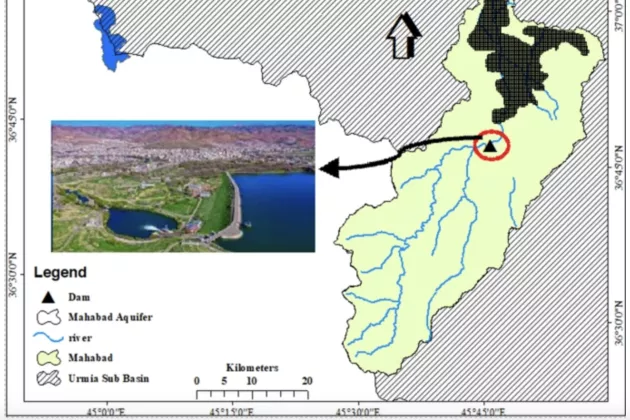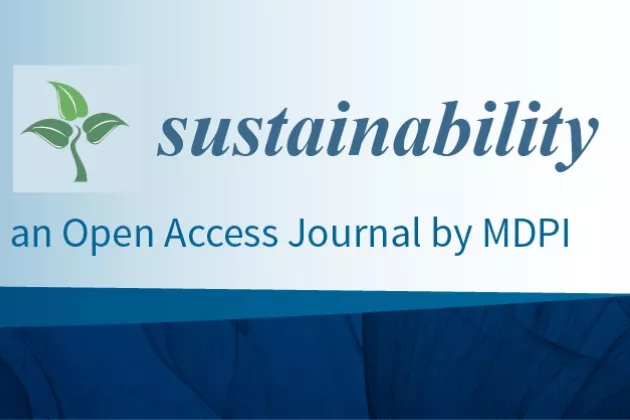CMES Deputy Director Ronny Berndtsson has co-authored the article "Application of soft computing and evolutionary algorithms to estimate hydropower potential in multi-purpose reservoirs" together with Zahra Kayhomayoon (Payame Noor University), Naser Arya Azar (University of Tabriz), Sami Ghordoyee Milan (University of Tehran) and Sajad Najafi Marghmaleki (University of Tehran).
Abstract
Hydropower is a clean and efficient technology for producing renewable energy. Assessment and forecasting of hydropower production are important for strategic decision-making. This study aimed to use machine learning models, including adaptive neuro-fuzzy inference system (ANFIS), gene expression programming, random forest (RF), and least square support vector regression (LSSVR), for predicting hydroelectric energy production. A total of eight input scenarios was defined with a combination of various observed variables, including evaporation, precipitation, inflow, and outflow to the reservoir, to predict the hydroelectric energy produced during the experimental period. The Mahabad reservoir near Lake Urmia in the northwest of Iran was selected as a study object. The results showed that a combination of hydroelectric energy produced in the previous month, evaporation, and outflow from the dam resulted in the highest prediction performance using the RF model. A scenario that included all input variables except the precipitation outperformed other scenarios using the LSSVR model. Among the models, LSSVR exerted the highest prediction performance for which RMSE, MAPE, and NSE were 442.7 (MWH), 328.3 (MWH), and 0.85, respectively. The results showed that Harris hawks optimization (HHO) (RMSE = 0.2 WMH, MAPE = 10 WMH, NSE = 0.90) was better than particle swarm optimization (PSO) (RMSE = 0.2 WMH, MAPE = 10 WMH, NSE = 0.90) in optimizing ANFIS during the prediction. The results of Taylor’s diagram indicated that the ANFIS-HHO model had the highest accuracy. The findings of this study showed that machine learning models can be used as an essential tool for decision-making in sustainable hydropower production.





